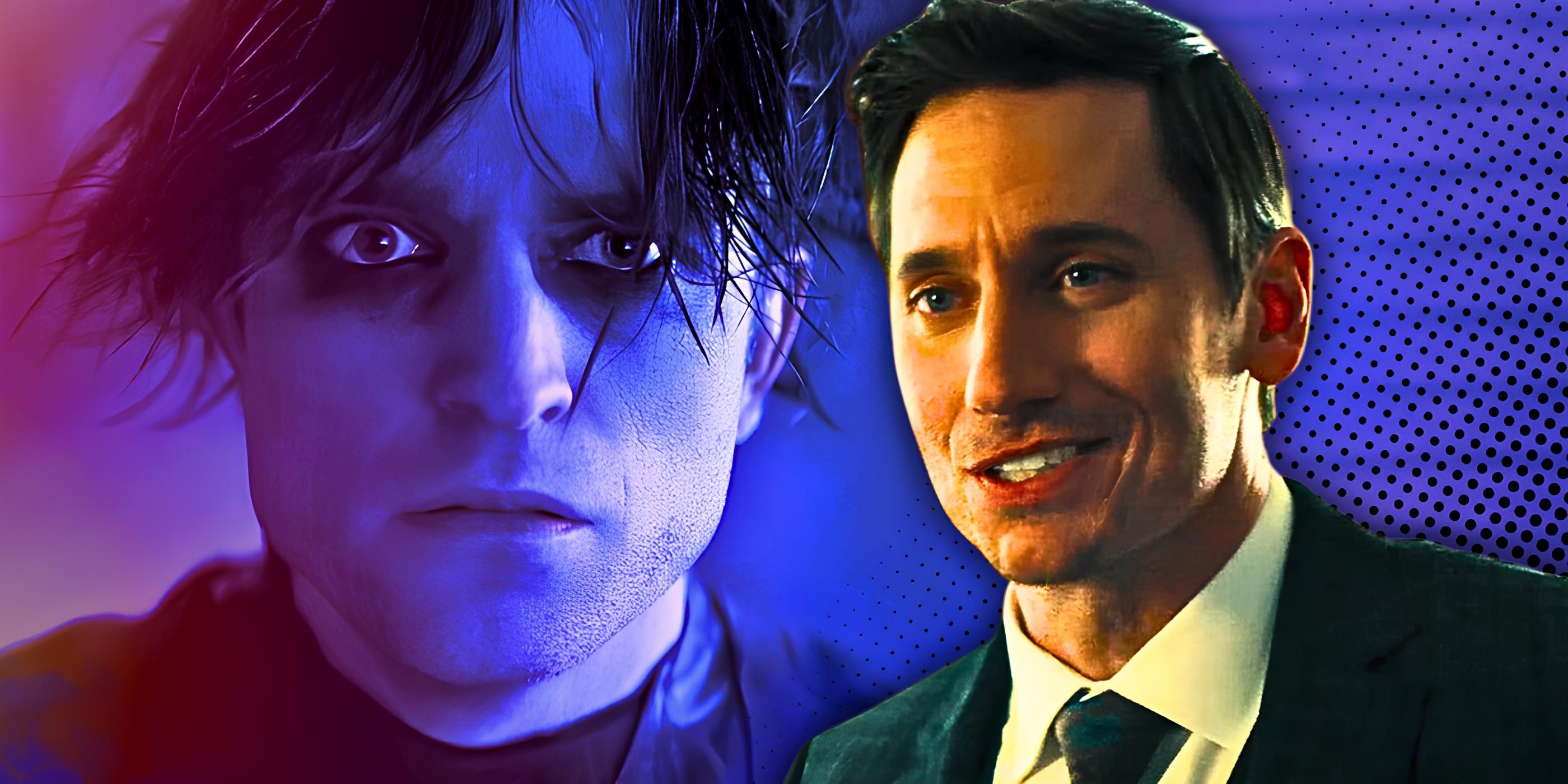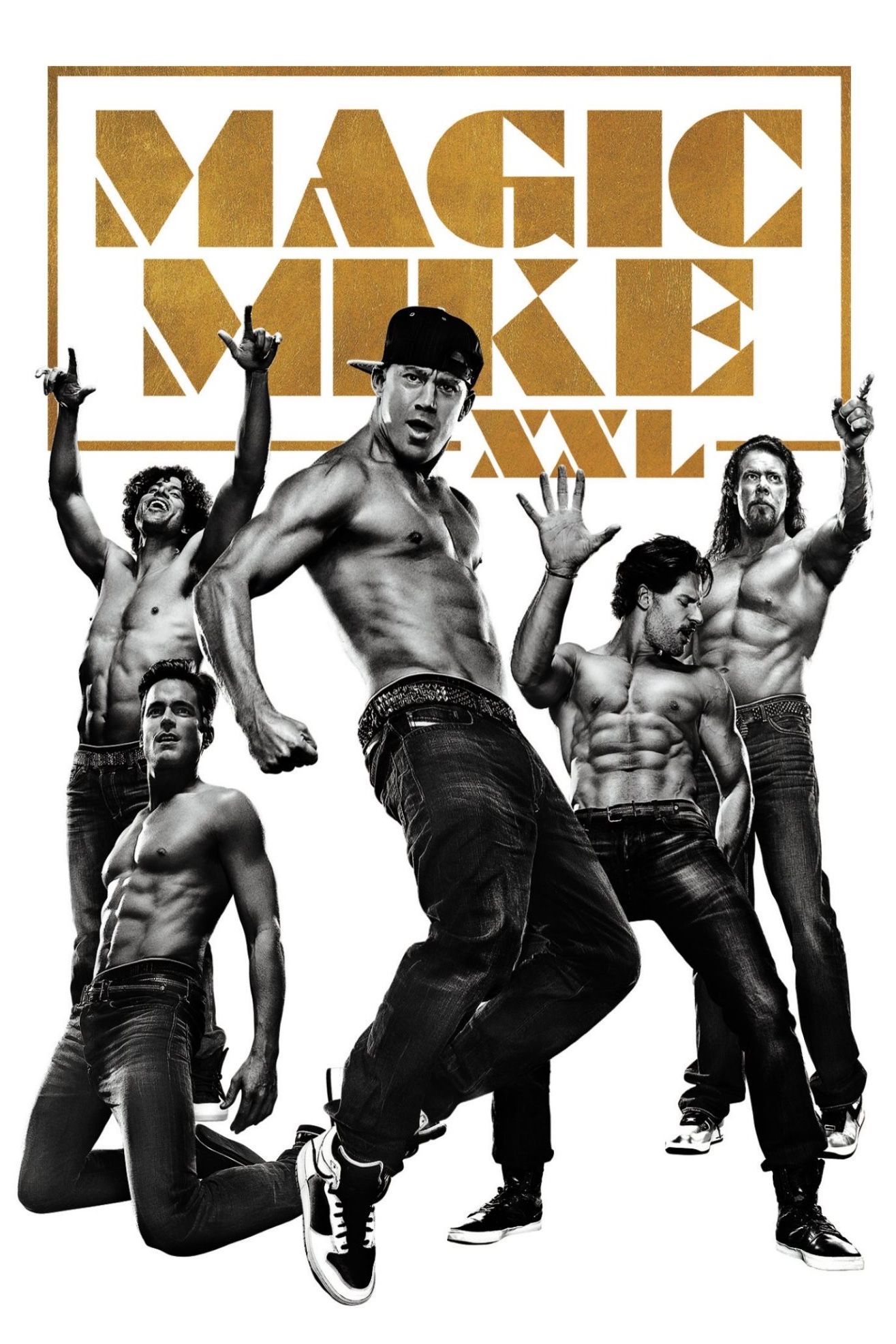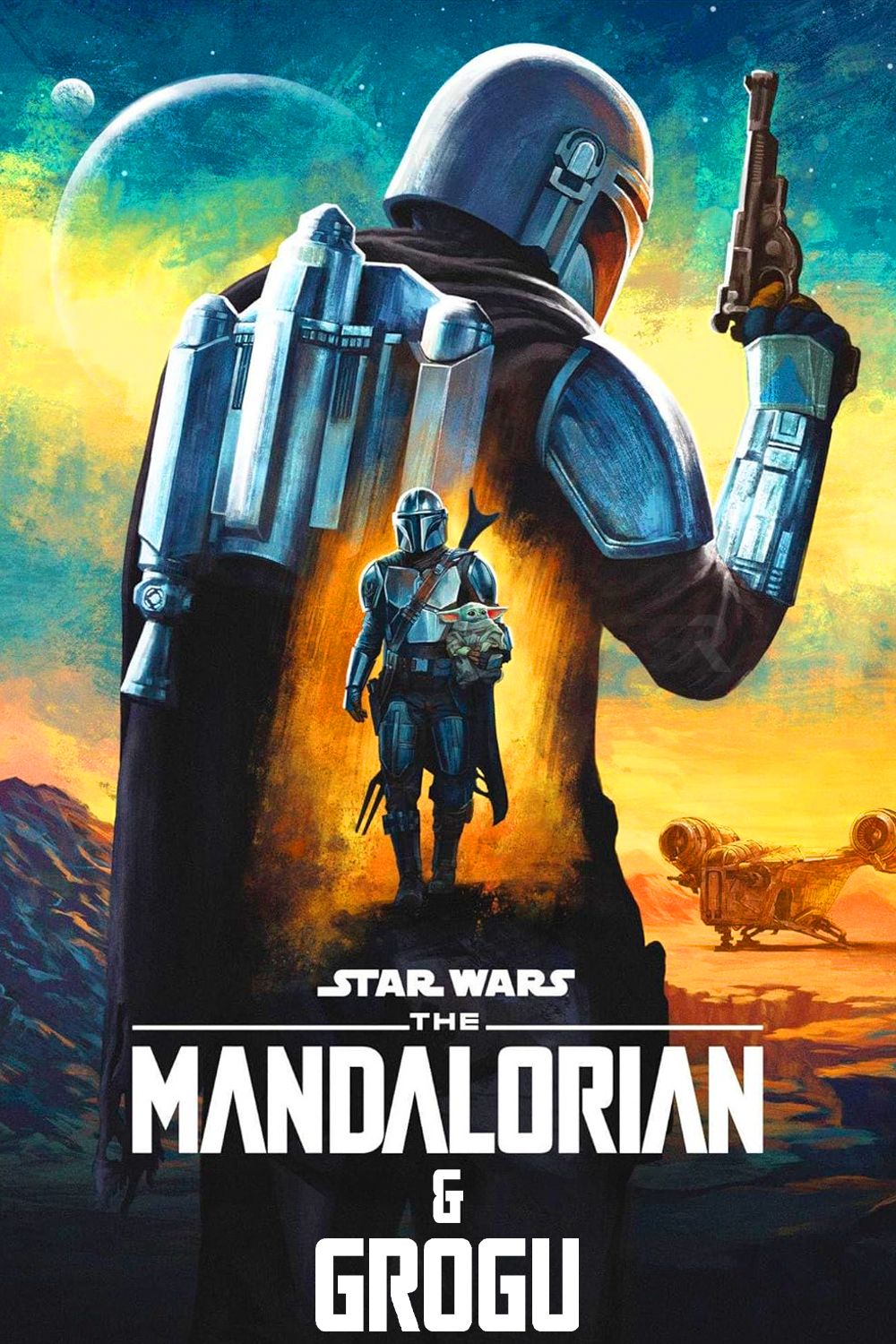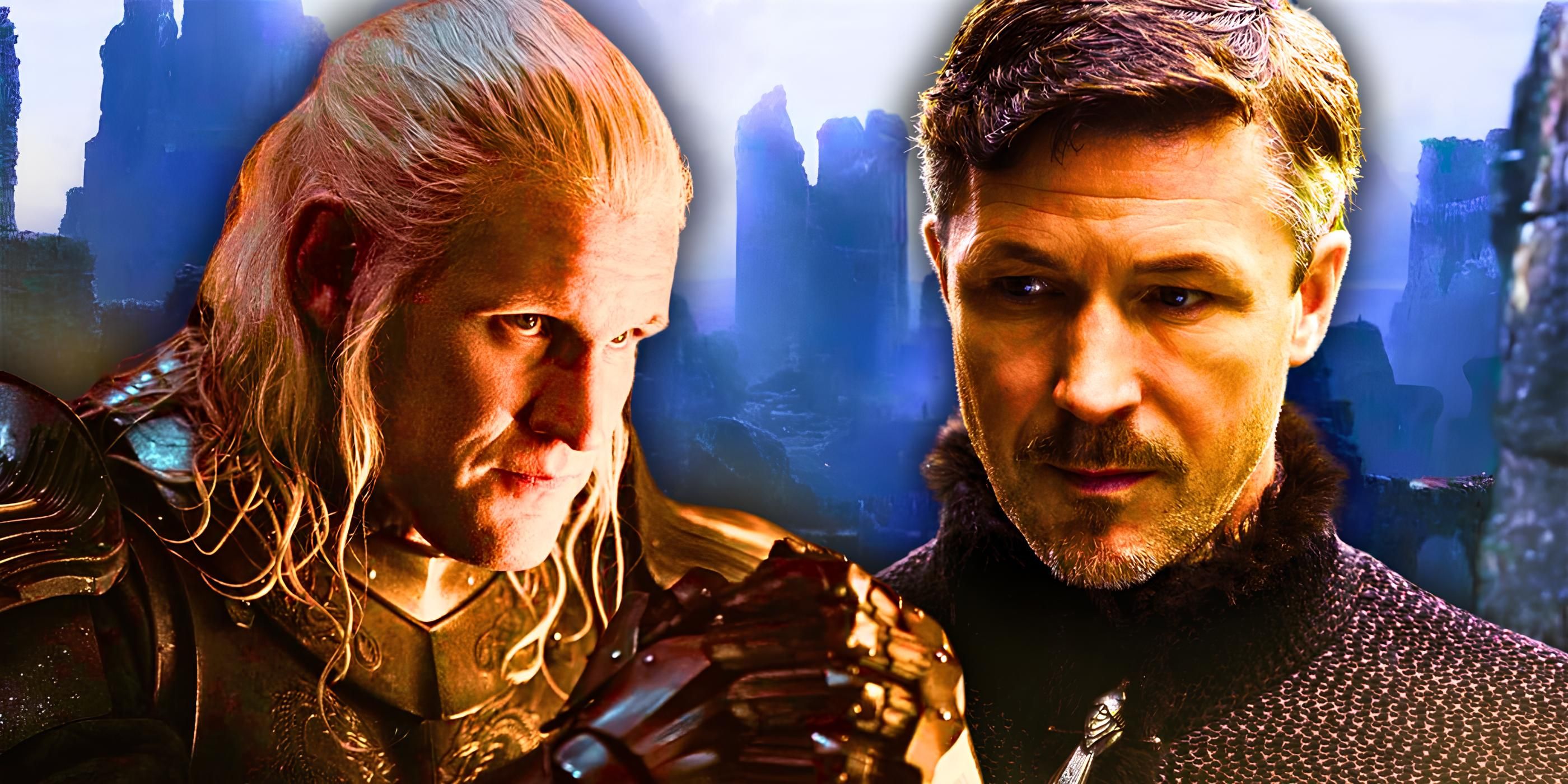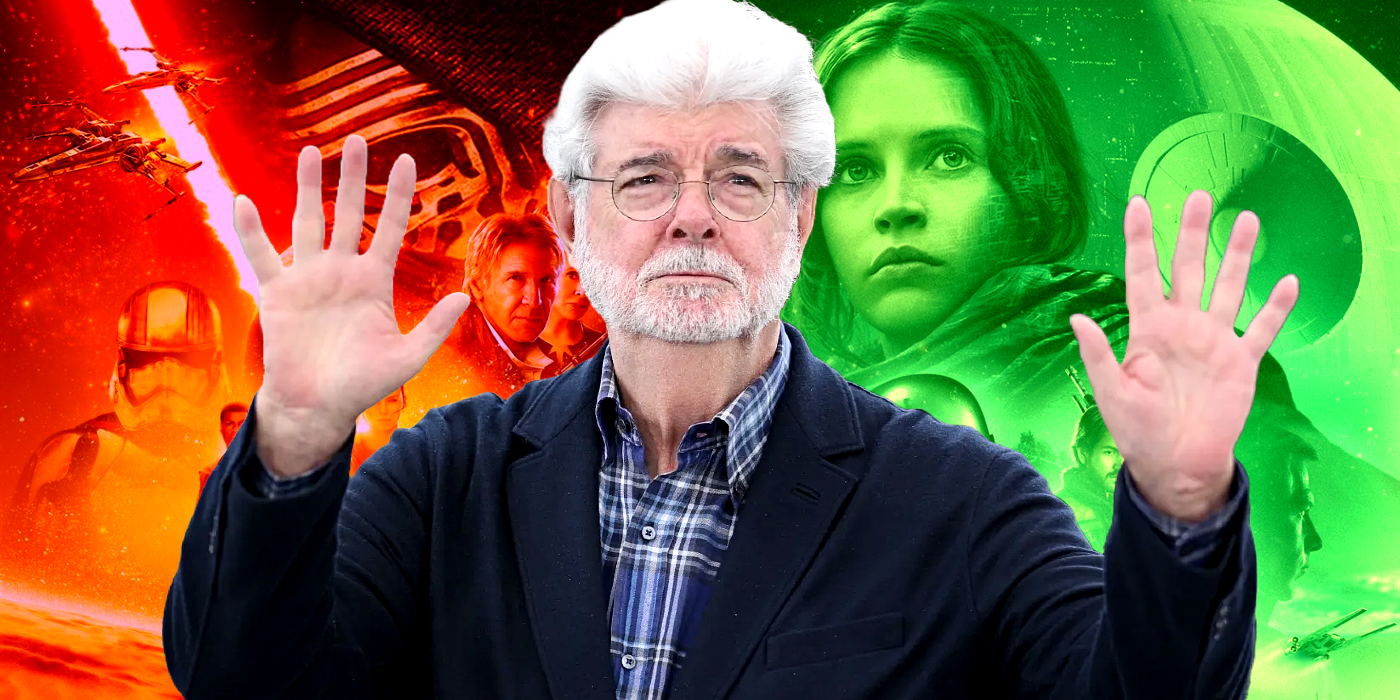Quick Links
- Berserk Was a Much Tougher Sell Than Shonen Manga
- The Satanic Panic Made Manga Like Berserk Less Worth the Trouble
- Berserk Teaches Lessons I Wouldn’t Understand as a Teen
- Berserk’s Themes Have Superior Impact on Adult Readers
- My Faith Wasn’t the Same When I Returned to Berserk
Berserk is my favorite seinen manga, to which I continuously return to reread and enjoy its lopsided anime contributions. Still, embracing and regularly reading it was not always easy when I was younger. Growing up, I was raised by Christian parents and part of a modern Evangelical community in the 1990s and 2000s, with ripples of the Satanic Panic still affecting many families and congregants’ media literacy. This resulted in me discovering but ultimately backing away from Berserk in my earlier years, and while it was the right thing to do at the time, it didn’t stick.
At this point in my life, I’ve spent more years regularly reading manga than any other form of written fictional medium, but I found Berserk’s challenging themes difficult to reconcile with my faith at the time. It wasn’t that I necessarily found it offensive; it was a conscious and pragmatic decision then.
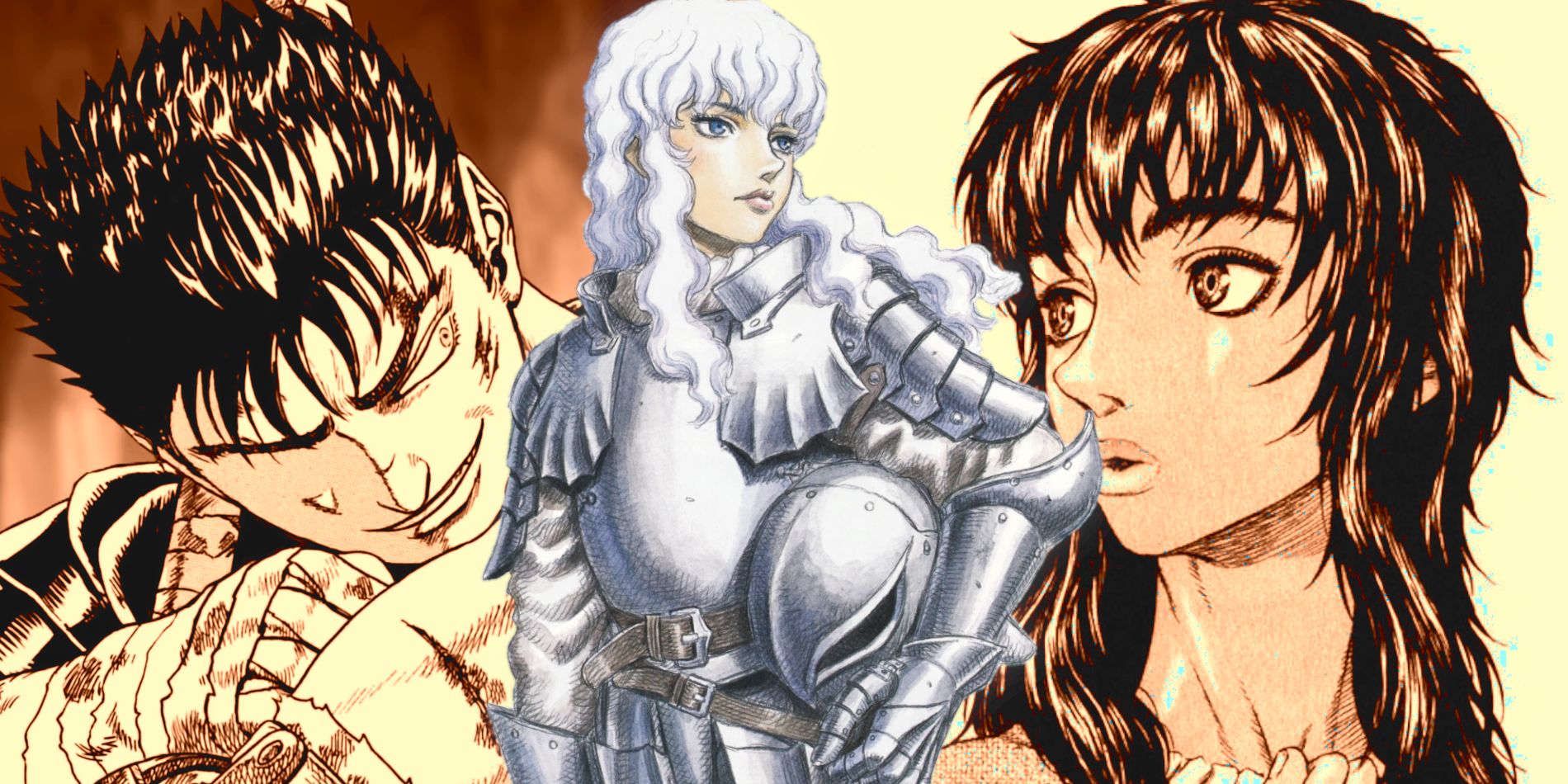
In re-examining the path that would eventually lead me to fully embrace Berserk, I realized it was a wise decision at the time, and while my faith was a factor, the real reason would become clearer to me as an adult.
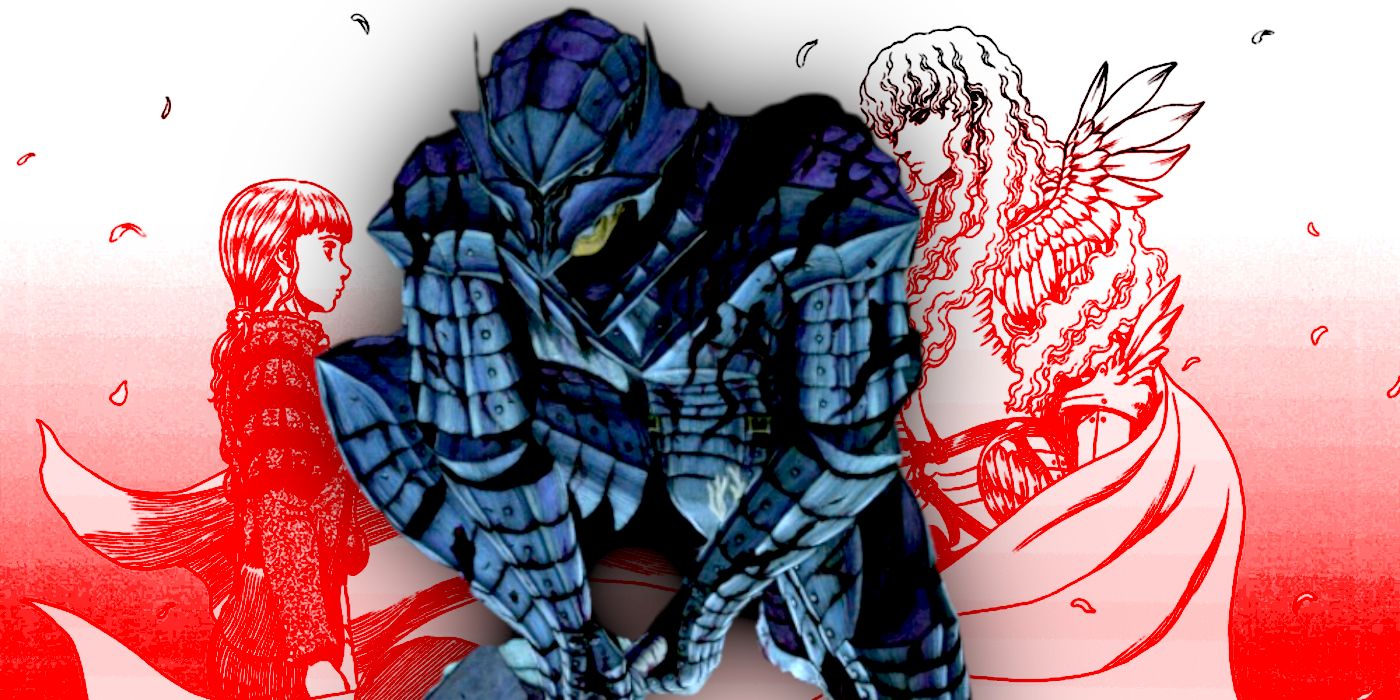
Related
Berserk is Back After Months of Delays to Set up a Huge New Conflict
After months of waiting for Berserk Chapter #376, followers of Guts’ journey get a taste of where the series is heading.
Berserk Was a Much Tougher Sell Than Shonen Manga
Financial Dependency on Parents Meant Plenty of Compromise
I remember discovering Berserk not first as a manga but through its adaptation. I was perusing Dreamcast Magazine issue #6 when I stumbled upon the Sword of the Berserk: Guts’ Rage ad. I remember being impressed at the time by its especially graphic violence, with clear shots of Guts carving through enemies with his Dragonslayer like butter and thinking there’s no way my parents would ever get me this. I was right, as I grew up in a family that more strictly prioritized wholesome, approachable entertainment and Berserk would be an impossibly tough sell.
Still, my excitement upon learning that Berserk had a long-running manga, just as I was beginning to learn what manga was, led me to dive into any scraps of Berserk I could track down online in 2000-2001. This would lead to me encountering the other factors that my pre-teen self would realize I wasn’t ready for Berserk, its violence being coupled with horror and sexual/psychological torment. Finally, with the depictions of the brutally extreme Holy See in Berserk’s Conviction Arc, I knew that if my parents were to read this, there’s no way they’d have bought it.
The Satanic Panic Made Manga Like Berserk Less Worth the Trouble
Kids Like Me Either Embraced Compromise or Got Clever
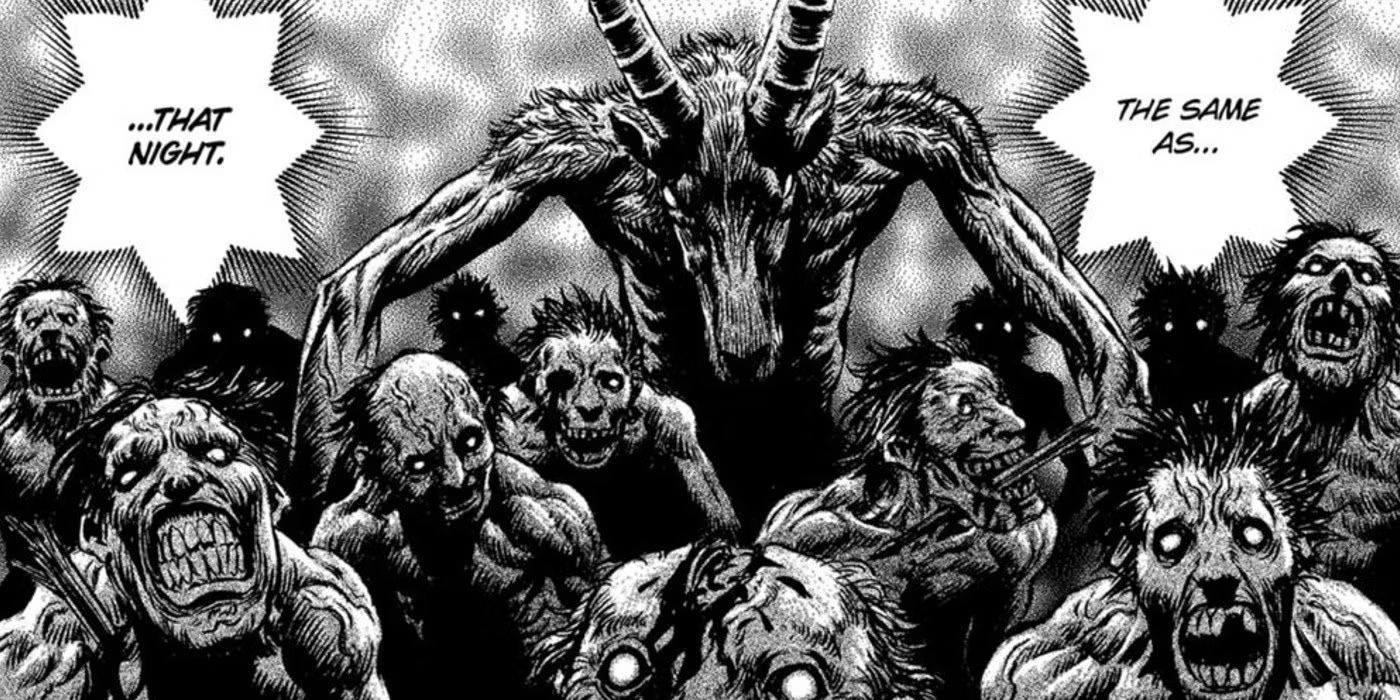
As I got older and eventually reached high school, I became content with manga such as from Shonen Jump magazine, having a subscription during much of its North American run. Still, with series like Berserk and other mature properties, particularly video games, young teenagers like myself learned to get clever about concealing media from parents hypersensitive to the moral panic of the 1980s and 1990s. One childhood friend was brilliant enough to get a copy of Splinter Cell: Chaos Theory and keep it secret from his evangelical family by printing a fake label with a Teen rating.
That friend is a father now, and I’ll never stop smiling at his ingenuity. By comparison, my methods to dodge the Satanic Panic of Evangelical parents were more basic. They didn’t so much involve fake book covers for Berserk, but instead, hiding products in my closet:
From this, it’s easy to tell that my parents meant well and that I had a very sheltered early life. Berserk in that household was out of the question. It was not so much due entirely to my faith but out of fear of the reactions of my parents and their faith.
Berserk Teaches Lessons I Wouldn’t Understand as a Teen
Media Literacy Can Transform a Manga’s Significance to Its Reader
When I first discovered Berserk, it was on its way out of the Conviction Arc and into the Hawk of the Millennium Empire Arc, arguably its best modern saga, where Guts would undergo major positive character development. While I could easily understand a redemption story, the allure of this story in my youth was the explicit imagery and action, which would have meant the themes the series would soon explore would sail over my head. Berserk, especially in the Hawk of the Millennium Empire Arc and throughout the entire series, is not some action-horror spectacle but is about overcoming trauma.
Growing up in a fairly sheltered faith-based community, Berserk’s themes wouldn’t necessarily carry the same weight they do for me in the present, as I would soon develop media literacy. Developing media literacy, an increasingly old chestnut, is vital in processing news and understanding fiction. Using media literacy when reading Berserk allows me to understand that extreme and brutal depictions of Vatican-like Holy See members, like inquisitor Mozgus, aren’t simply a critique of faith.
From there I added a witch hunt, giving me the notion to depict the darker aspects of religion. There’s a lot of variety within religion, but when I thought of a character who’d be the overall embodiment of religious fundamentalism, I arrived at Mozgus. Doctrine comes first, and mankind comes after. He’s a further exaggeration of that. All religions to some extent take something above and beyond the laws of reality and human thought and treat it as absolute.
-Kentaro Miura, creator of Berserk
Rather, Berserk’s critiques focus on fundamentalism and darker aspects of religion, according to Miura’s interview in the Berserk Official Guidebook.
Berserk’s Themes Have Superior Impact on Adult Readers
It’s Not Ageism, I Promise
As I mentioned, the themes of overcoming trauma are much easier to grasp for adults because we’re at a stage in life where we are emotionally and mentally equipped to come to terms with our past. Berserk addresses trauma through many forms in its principal cast of characters, from surviving sexual assault, to losing loved ones, religious trauma, or simply losing everything. While it’s important to remember that not all traumas are innately worse, certain ones are more intensely felt in Berserk than others.
Coming to terms with our past is all too common in adulthood as we reckon with our regrets or mistakes from before we knew better or when we were altogether different people. While shonen series like Naruto tackle traumatic themes like losing one’s family or being a social outcast, they’re largely remedied by outside intervention. In Berserk, trauma is often observed over a painstakingly long time, with each character finding a way through theirs largely through introspection. The main exception is Casca, with a beautifully symbolic journey in chapter #347-onward.
My Faith Wasn’t the Same When I Returned to Berserk
I Underwent Significant Changes Before Reading the Manga Again
My twenties were when I could distance myself from the unquestioning and stalwart zealotry that pervades much of the Evangelical community. When I returned to Berserk, I lacked the hangups from my youth toward the series and was much more jaded toward most Evangelical churches worldwide. I was living on my own and able to absorb the messaging of the series without fear of parental discovery, for lack of a better term, and it felt liberating.
I don’t regret my spiritual background, and my faith isn’t completely gone either, just more nuanced than in earlier years, so I appreciate Berserk more now than I would have as a kid. I am now also morbidly fascinated by fantastical religious-inspired art, such as by Hieronymous Bosch, from whom Miura even draws inspiration, such as the triptych, The Garden of Earthly Delights and other works like Tondal’s Vision, in Berserk chapter #306. Some of my family have even embraced more traditional, reserved liturgical practices. I appreciate religious imagery more now and am excited to see it in Berserk.
None of this is meant to serve as a takedown of religion or faith, although I certainly have my fair share of criticisms; this is not the place to air them. But Berserk and faith have a complicated relationship for me in ways that are more fascinating in the present than they would have been in earlier years. Despite my misgivings about Big Threes of manga, it’s a brilliant, cerebral, dark fantasy epic that deserves the hype it receives, so it’s worth reading for many reasons. Ultimately, don’t hide Berserk in your closet, whatever you do.
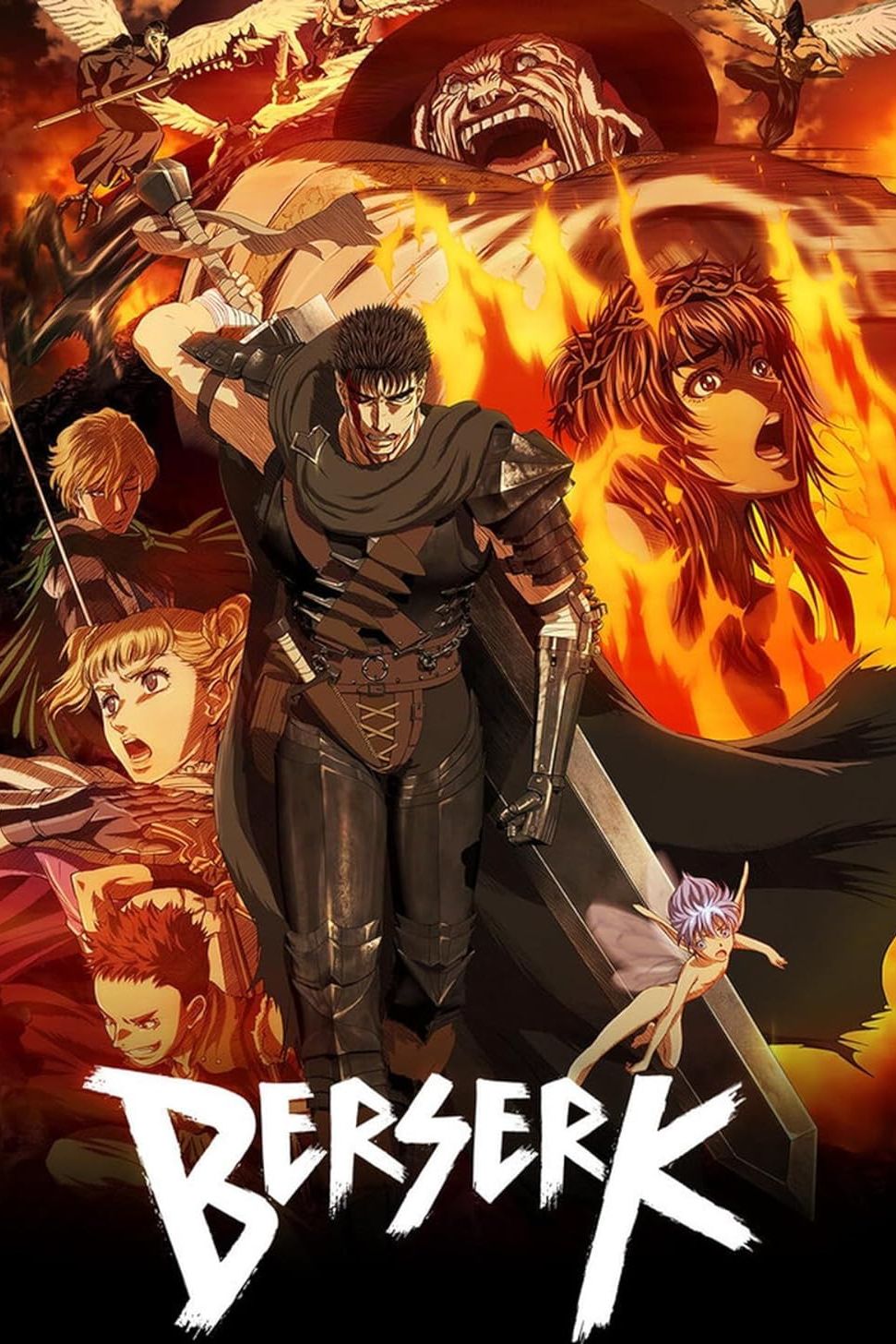
Berserk
- Created by
-
Kentaro Miura
, Kouji Mori - First Film
-
Berserk: The Golden Age Arc 1: The Egg of the King
- TV Show(s)
-
Berserk
, Berserk (1997) - Character(s)
-
Guts
, Griffith
, Casca
, Judeau
, Pippin
, Corkus
, Rickert
, Gaston (Berserk)
, Puck (Berserk)
, Farnese de Vandimion
, Serpico
, Isidro
, Schierke - Video Game(s)
-
Sword of the Berserk: Guts’ Rage
